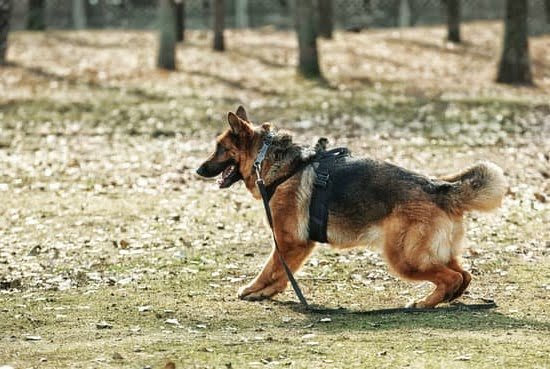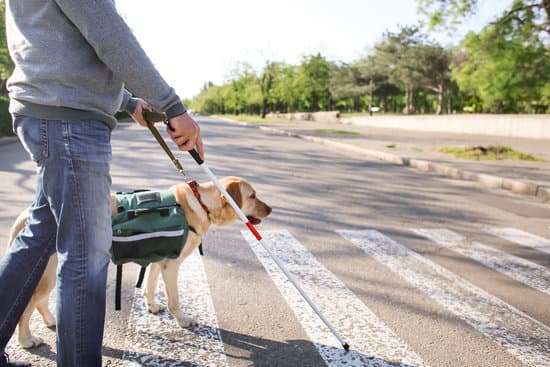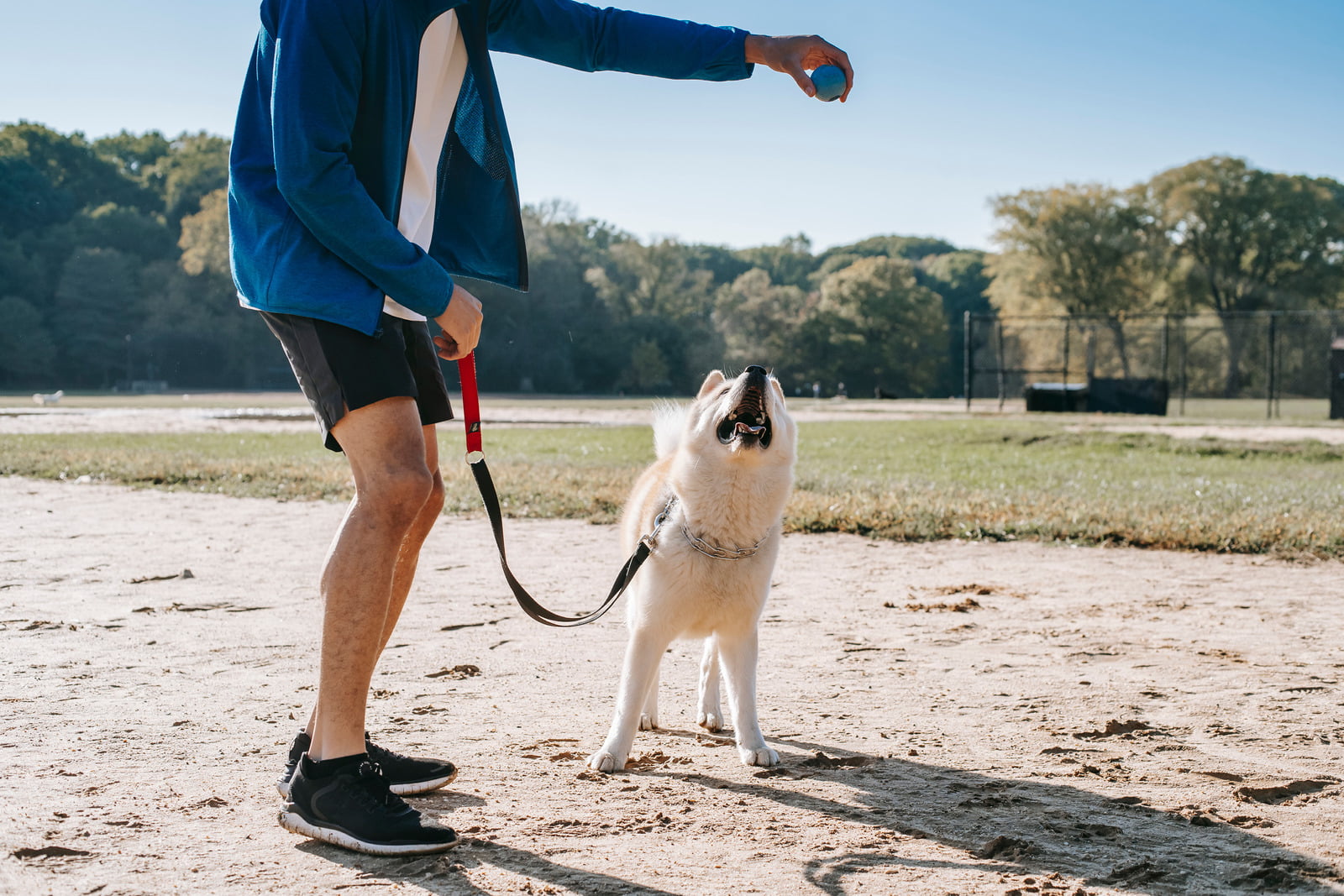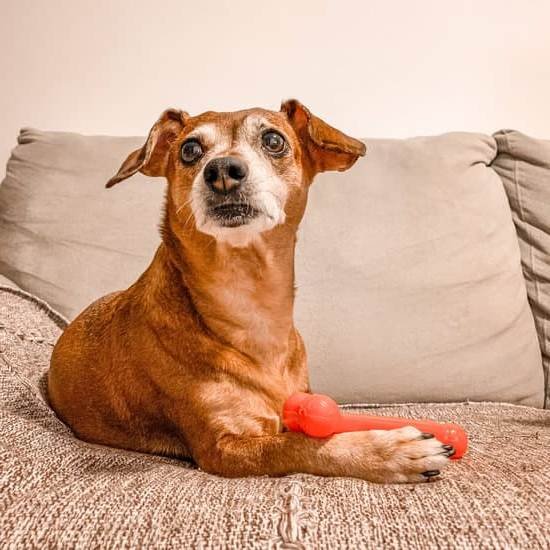Territory
Dogs are territorial animals and one way they often express their territory is by peeing or pooping on objects in their space. When a dog marks territory, they are communicating to other animals (including other dogs) that this space belongs to them.
Marking territory is a natural behavior for dogs, but it can be frustrating for their owners. If your dog is marking territory in your home, there are a few things you can do to train them to stop.
The first step is to determine why your dog is marking territory. There are many possible reasons, including anxiety, fear, or excitement. Once you determine the root cause, you can start working on a training plan to address it.
If your dog is anxious or fearful, you can try to help them feel more secure in their environment. You can do this by providing them with plenty of toys and chew items to keep them occupied, training them basic commands, and providing them with plenty of positive reinforcement.
If your dog is marking territory out of excitement, you can try to redirect their energy by taking them on more walks, playing fetch, or giving them puzzle toys to play with. You can also try training them basic commands or tricks to tire them out mentally.
Once you have determined the root cause of your dog’s marking behavior, you can start working on a training plan to address it. There are many different methods you can use, but the most important thing is to be consistent and patient.
If your dog is anxious or fearful, you may need to start with basic obedience commands like sit, stay, and come. You can also try using positive reinforcement to reward your dog for good behavior.
If your dog is marking territory out of excitement, you may need to start with more advanced commands or tricks. You can also try using a clicker to help your dog associate good behavior with a positive reward.
No matter what method you choose, the most important thing is to be consistent and patient. Dogs can be difficult to train, and it may take some time before you see results. But with patience and perseverance, you can teach your dog to stop marking territory.
How To Train Your Dog To Stop Jumping Up
There are many reasons why your dog might be jumping up on you or others – excitement, seeking attention, trying to get closer to something or someone they want. Whatever the reason, it’s important to train your dog to stop jumping up, as it can be both annoying and dangerous.
There are a few different ways to train your dog to stop jumping up. One is to use a cue, such as “off,” every time your dog jumps up. You can also try to ignore your dog when it jumps up, or even gently push it back down to the ground. Whichever method you choose, be consistent in your commands and rewards, and be sure to praise your dog when it responds correctly.
It may take some time and patience, but with consistent training, your dog will eventually learn to stop jumping up.
Train Dog To Stop Barking At Other Dogs
One of the most common problems dog owners face is dogs that bark at other dogs. This can be incredibly frustrating, especially if you are trying to enjoy a walk outside and your dog is constantly barking. Thankfully, there are ways to train your dog to stop barking at other dogs.
The first step is to understand why your dog is barking. Dogs may bark for a number of reasons, such as excitement, fear, or aggression. Once you have determined the reason for your dog’s barking, you can begin to train them to stop.
If your dog is barking out of excitement, you will need to teach them to calm down before approaching other dogs. One way to do this is by teaching them to “sit” or “lie down” and wait for a cue from you before proceeding. You can also use a treat to lure your dog into a calm state before approaching another dog.
If your dog is barking out of fear or aggression, you will need to work on building their confidence around other dogs. One way to do this is by slowly introducing them to other dogs in a controlled environment, such as a dog park or a fenced-in area. Start with dogs that are similar in size to your dog and that are calm and friendly. Reward your dog for behaving calmly around other dogs and gradually increase the difficulty of the exercises as they become more comfortable.
It is important to be patient when training your dog to stop barking at other dogs. The process may take some time, but with patience and perseverance, you can have a dog that is calm and well-behaved around other dogs.
How To Train Your Dog To Stop Peeing Inside
There are a few things you can do to train your dog to stop peeing inside. The most important part is to be consistent with your commands and rewards.
First, you’ll need to create a cue or signal for your dog to know that they should go outside to pee. Some people use a word like “pee” or “outside.” Others use a hand signal, such as pointing down. Be sure to use the same cue each time, and always reward your dog when they pee outside.
When you first start training your dog, you’ll need to take them outside every time they pee. As they get better at responding to your cue, you can start to give them more freedom and only take them outside when they really need to go.
If your dog is still having trouble learning to pee outside, you may need to start using a crate. Crating your dog will help to train them to hold their pee until they can go outside. Be sure to take your dog outside to pee immediately after releasing them from the crate.
How To Train A Dog To Stop Barking At Visitors
There are many reasons why a dog might bark at visitors, from fear to excitement. However, there are ways to train your dog to stop barking at visitors. The first step is to determine why your dog is barking in the first place. Once you have determined the root of the problem, you can begin to work on a solution.
If your dog is barking out of fear, you will need to start by socializing them with other people and animals. You can do this by taking your dog for walks and introducing them to new people and animals. You can also visit dog parks and other public places where your dog can socialize.
If your dog is barking out of excitement, you will need to start by teaching them to “speak” or “sit” when they see a visitor. You can do this by rewarding your dog with a treat when they bark or sit. Once they understand the command, you can begin to fade out the treats and only give them when they bark or sit appropriately.

Welcome to the blog! I am a professional dog trainer and have been working with dogs for many years. In this blog, I will be discussing various topics related to dog training, including tips, tricks, and advice. I hope you find this information helpful and informative. Thanks for reading!





